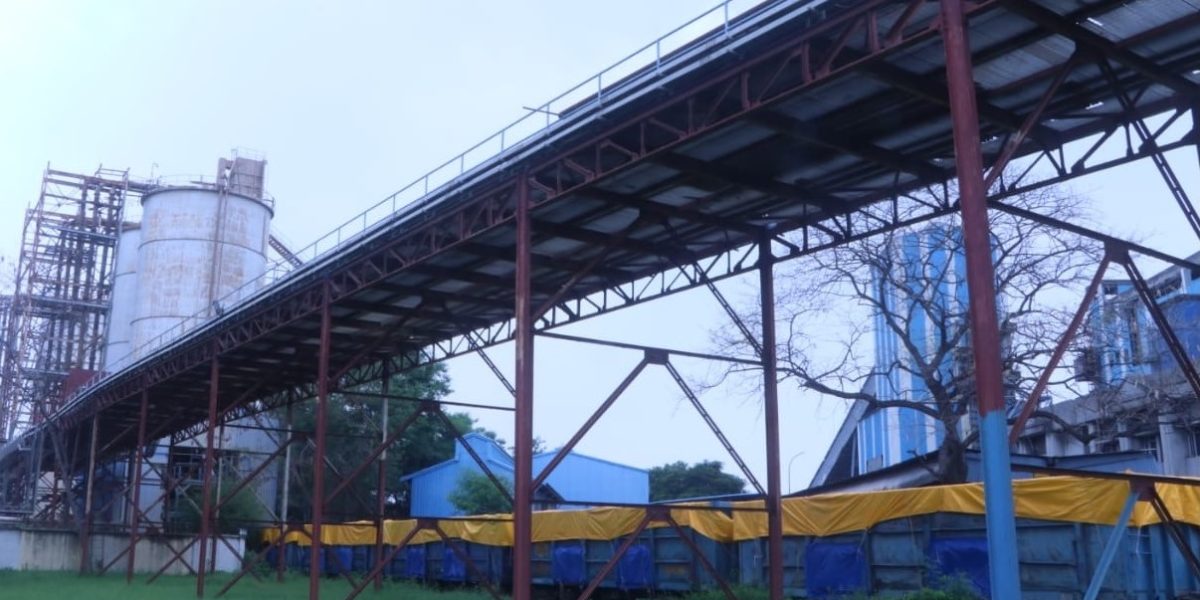NTPC Ltd has developed infrastructure at its Rihand power plant in Uttar Pradesh to transport fly ash in bulk to cement plants, located at a distance, at cheaper cost.
The development is in line with NTPC’s commitment towards 100 per cent utilization of fly ash from power plants. The first rake of 59 BOXN type of railway wagons carrying 3,450 tonnes of fly ash was recently flagged off from NTPC’s Rihand Super Thermal Power station by Shri Balaji Iyengar, Executive Director (NTPC Rihand) for ACC Cement Manufacturing Plant, Tikaria, Uttar Pradesh located 458 km distant.
To transfer the first tranche, officials from NTPC Rihand approached East Central Railway along with leading cement producers to commence the supply of fly ash in BOXN wagons covered with tarpaulin. The innovation will pave the way for efficient and safer transportation of fly ash from the power plants to cement production units located at a distance in larger quantity.
During FY20, NTPC used almost 44.33 million tonnes of fly ash (or 73.31 per cent of what was generated that year) for various productive purposes.
The effort marks the beginning of a new era for the transportation of fly ash from a remote location to a consumption centre, enabling power plants for upgrading the utilization of fly ash with the availability of additional material loading avenues for Indian Railways and accessibility of fly ash to the cement plants in an environment-friendly manner at a competitive price.
A BOXN wagon (see picture) is one of the various types of standard freight wagons used by the Indian Railways. The BOXN wagon has an open top and is the most commonly used wagon to transport bulk material like coal, iron ore, stone, etc.
NTPC is looking at new avenues of fly ash management like fly ash based geo-polymer road, use of bottom ash as replacement of fine aggregate (sand) in cement concrete. Also, NTPC has plans to set up fly ash classifier unit for export purposes.
NTPC Group capacity nears 63 GW: With a total installed capacity of 62.9 GW, NTPC Group has 70 power stations comprising of 24 coal, 7 combined cycle gas/liquid fuel, 1 hydro, 13 renewables along, with 25 subsidiary and JV power stations. The group has over 20 GW of capacity under construction, including 5 GW of renewable energy projects.



